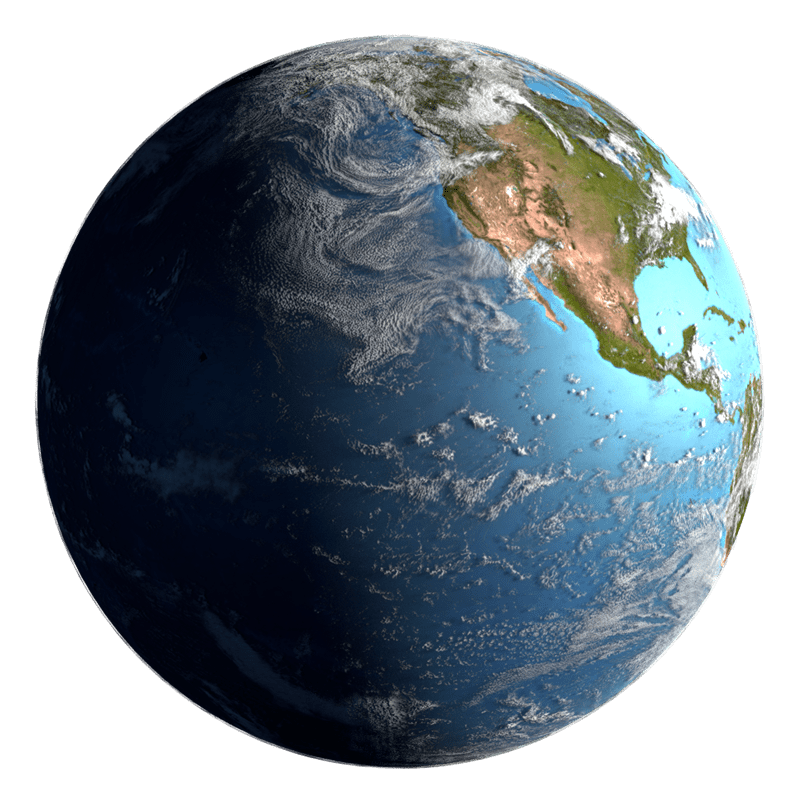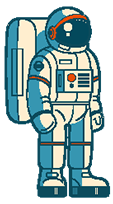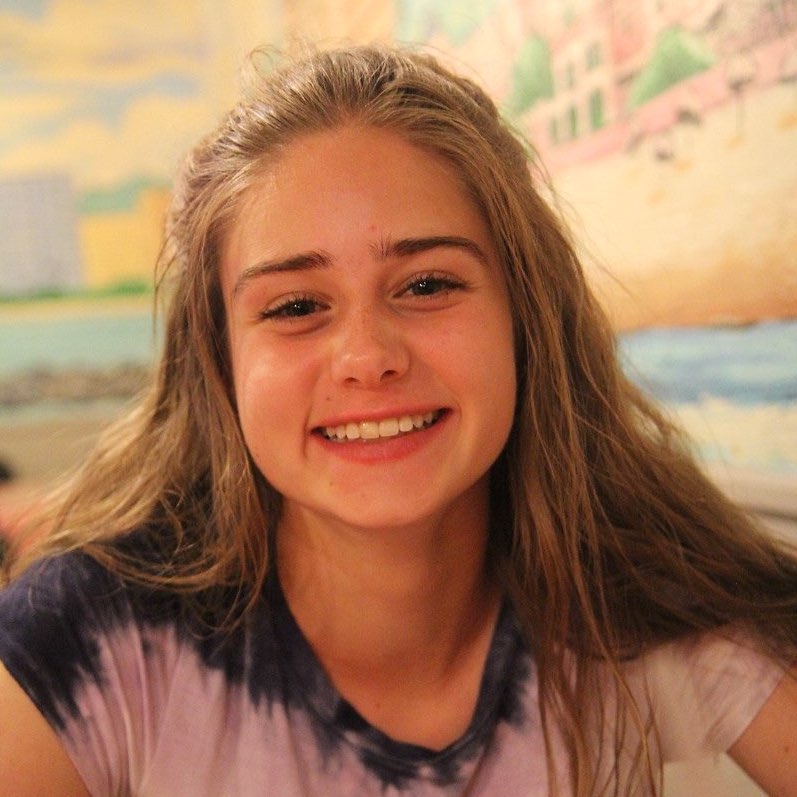

















NASA’s Microgravity University proposes a series of design challenges for undergraduate
students on an annual basis, which directly relate to space exploration missions. During
fall semester, Micro-g Neutral Buoyancy Experiment Design Teams develop and propose a tool
or device which meets the requirements of their preferred challenge. NASA officials review
submitted proposals and offer the opportunity for selected teams’ lead officials to test
their devices in-person at the Johnson Space Center’s Neutral Buoyancy Laboratory.
A subset of the University at Buffalo’s American Institute of Aeronautics and Astronautics (AIAA)
chapter, Micro-g NExT is an entirely student-run club which operates alongside the Design-Build-Fly
(DBF) team. Membership is open to all undergraduates of any major and provides opportunities
for mentorship to faculty, graduate students, and community members. Students collectively
research, then design and document their solution to one of the NASA challenges in a technical
proposal. Alongside design, members gain hands-on experience testing and building components
for a working prototype, as well as contribute to local organizations and events for community
outreach.


Designed an autonomous surface vehicle capable of assisting astronauts in distress in a marine time environment, through location and delivery of crew survival aids.
ProposalDesigned an autonomous surface vehicle capable of assisting astronauts in distress in a marine time environment, through location and delivery of crew survival aids.
ProposalDesigned a Mini-arm-end-effector for NASA’s recently designed robotic “Mini-Arm”
ProposalDesigned a zip tie cutters which is able to cut zip ties of a variety of widths and compositions while minimizing damage to the wires, and simultaneously retaining the zip tie.
ProposalDesigned a Subsurface Sampling device tool which has the ability to extract subsurface samples in microgravity conditions while minimizing cross contamination between the samples.
Proposal